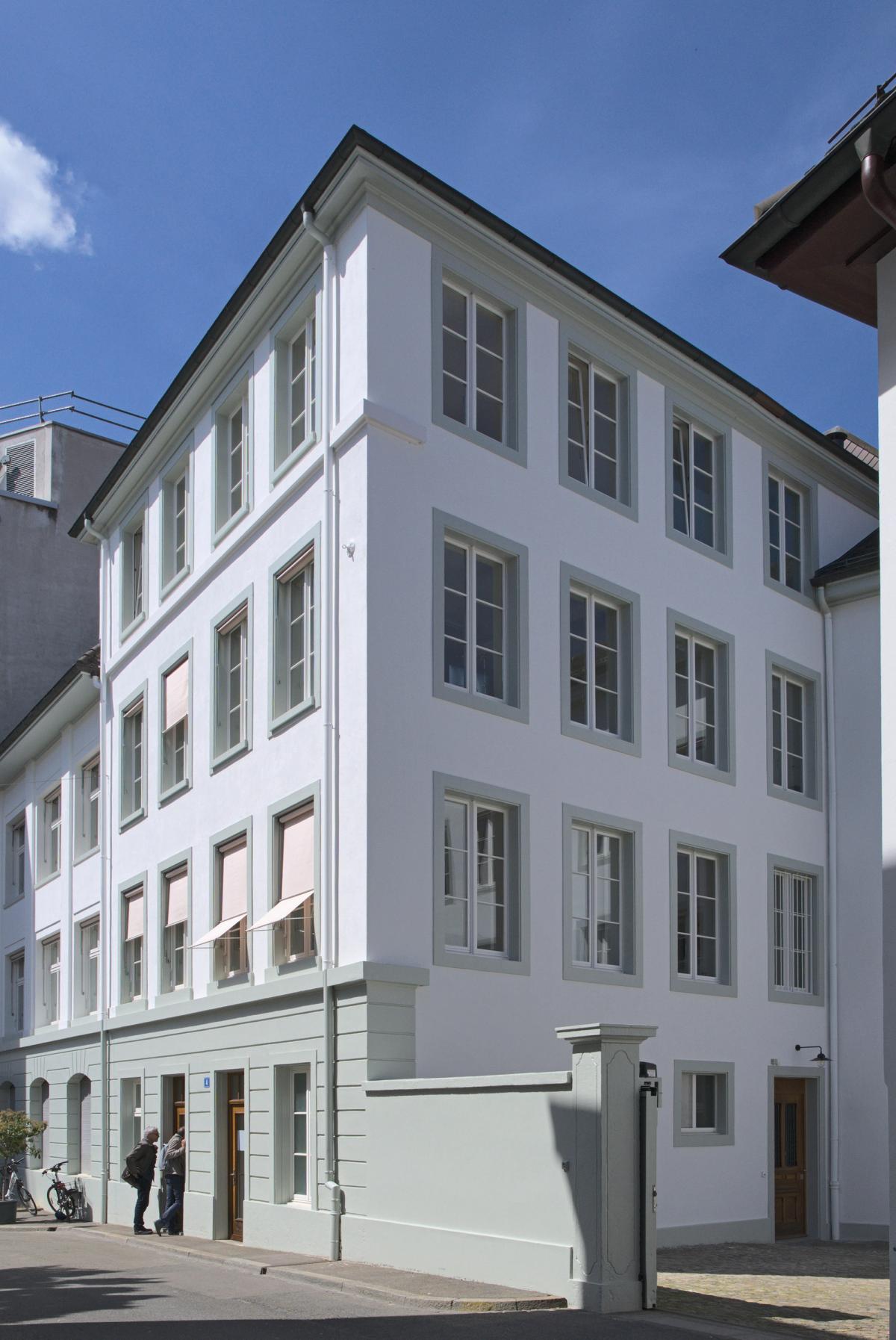Hauser & Wirth opened a new gallery in Basel on 1 June. As with all of its expansions, the gallery has one eye on what its artists want and another on what its collectors want, and Basel serves both, says James Koch, a partner and executive director. The Basel space marks the firm’s sixth in Switzerland (not including its Zurich publishing headquarters)—and 18th globally. Hauser & Wirth first opened in Zurich in 1992.
“Artists like this idea of Basel being a historical artistic centre,” says Koch, who is from Basel and is based in Zurich. He adds that its winning formula of world-class museums and top-tier collectors, as well as “the humanistic background of the city”, makes it a fitting place to open a gallery.
The inaugural show is an exhibition of 16 works by the 19th- and 20th-century Danish painter Vilhelm Hammershøi, his first solo show in Switzerland. “An exhibition of Hammershøi’s work of this scope is unprecedented in a [commercial] gallery setting,” Koch says, noting that interest for the artist is at an all-time high among American museums, including the Art Institute of Chicago and the Getty in Los Angeles. Several works in the exhibition have been loaned by museums with others coming from private collections. Koch says a “very small group of works are for sale”.
Rather than starting from scratch, Hauser & Wirth has taken over the lease of Galerie Knoell’s main space at Luftgässlein 4, in the city centre, and has hired its founder, Carlo Knoell, as a senior director for the new gallery. Though it has now ceased its exhibition programme, Galerie Knoell will continue to manage its own inventory and retains its second space in Basel, in Erasmus House at Bäumleingasse 18.
Fresh perspectives
Knoell will bring “fresh perspectives” to Hauser & Wirth’s secondary market activity, Koch says, rebuffing suggestions that the secondary market has slowed. “The challenge is to get good works, but the secondary market is robust for good quality,” he says. Hauser & Wirth’s roster is split almost 50/50 between contemporary artists and estates, and some of its spaces, such as that on East 69th Street in New York, are mainly dedicated to historical shows. The Basel gallery will also operate in this vein, though there will be opportunities to pair historical figures with contemporary artists.
Despite its standing as a cultural centre, Basel has a gallery scene that remains small. The only other mega dealer to have dipped a toe in the Rhine is Larry Gagosian, who in June 2019 opened a diminutive gallery in the city centre, a stone’s throw from Les Trois Rois hotel, where the wealthiest collectors stay during Art Basel. At that time, the longstanding local dealer Nicolas Krupp noted that there were just five major galleries in Basel—and little has changed.
Koch does not expect a gallery boom to follow Hauser & Wirth’s entry, though he does expect year-round business, despite Basel having a population of less than 200,000. “International collectors come for the shows at institutions such as the Kunstmuseum and the Fondation Beyeler. And local collectors are dedicated,” he says. “We are fortunate to have relationships with that tight network.”
• Vilhelm Hammershøi: Silence, Hauser & Wirth, Basel, until 13 July


